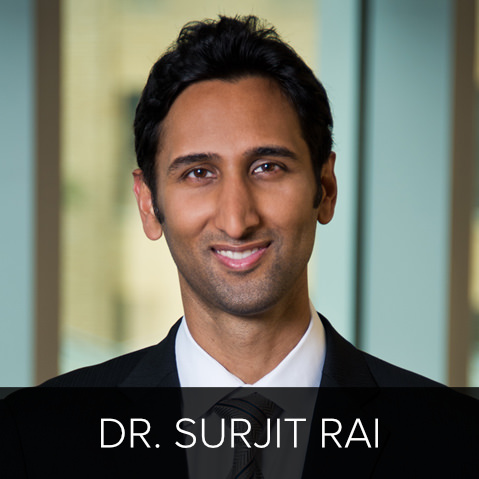What is Anesthesia?
The term anesthesia was coined by Oliver Wendell Holmes in 1846 and comes from two Greek words meaning “without sensation”. An anesthetic is not the same as an analgesic. We buy many analgesics over-the-counter, such as ibuprofen and acetaminophen and they block the sensation of pain. There are also prescription analgesics. Anesthesia is a broader term and comes in several forms or levels.
General Anesthesia
A general anesthetic blocks all sensations – pain, itch, pressure, hearing, sight, etc. It renders a person unconscious and blocks memory of the surgery. That person cannot breathe on their own and must be given oxygen. They must be monitored by an anesthesiologist to make sure the vital signs are within safe parameters.
The anesthesiologist calibrates the dosage, administers it, and monitors the person until they can be pronounced sufficiently “awake and alert” to go home, or to be no longer monitored. General anesthesia can be inhaled through a mask or given through an intravenous (IV) line.
Sedation
A sedative is a calming agent. Alcohol is perhaps the most familiar of them. Consciousness is not lost but is depressed. Dosage must be carefully watched as too high a dose will slur the speech, interfere with reflexes, impair judgment and make walking difficult.
A very high dose can cause total unconsciousness and even death, by stopping the person’s breathing and by reducing the blood pressure so low that the heart cannot maintain adequate blood circulation.
Sedation is often combined with a local anesthetic as an alternative to general anesthesia. The local anesthetic is injected and the sedative given through an IV line into a vein. This is usually minimal sedation which keeps you relaxed but allows you to respond to doctor or nurse requests.
Local Anesthetic
A local anesthetic blocks pain sensations in the specific area where it is injected but does not affect the overall consciousness.
When you have a cosmetic surgery done at the Cosmetic Surgery Center in Dallas, Dr. Rai will discuss anesthesia with you beforehand and you can determine together which type will work best. Please contact our office for your free cosmetic consultation.
Dr. Vasdev Rai
 Dr. Vasdev Rai has performed more than 25,000 cosmetic surgeries over his more than 30 years in practice as a Dallas plastic surgeon. He is a board-certified plastic surgeon who was first certified by the American Board of Plastic Surgery in 1983. Learn More...
Dr. Vasdev Rai has performed more than 25,000 cosmetic surgeries over his more than 30 years in practice as a Dallas plastic surgeon. He is a board-certified plastic surgeon who was first certified by the American Board of Plastic Surgery in 1983. Learn More...
Dr. Surjit Rai
 Dr. Surjit Rai was born and raised in Plano, Texas. Being the son of a plastic surgeon, Dr. Rai had the unique opportunity to see first-hand the impact a plastic surgeon can have. He knew at a young age that he would dedicate his life and academic career towards the goal of becoming a plastic surgeon. Learn More...
Dr. Surjit Rai was born and raised in Plano, Texas. Being the son of a plastic surgeon, Dr. Rai had the unique opportunity to see first-hand the impact a plastic surgeon can have. He knew at a young age that he would dedicate his life and academic career towards the goal of becoming a plastic surgeon. Learn More...
